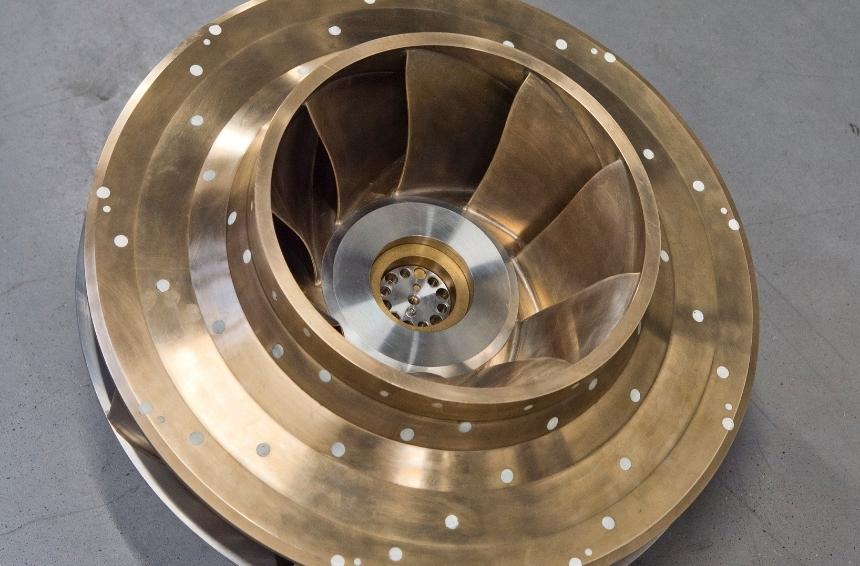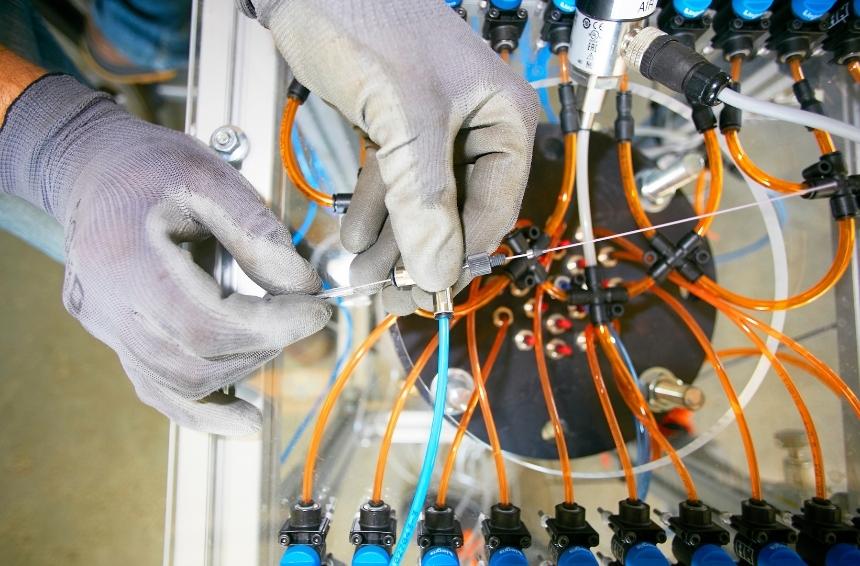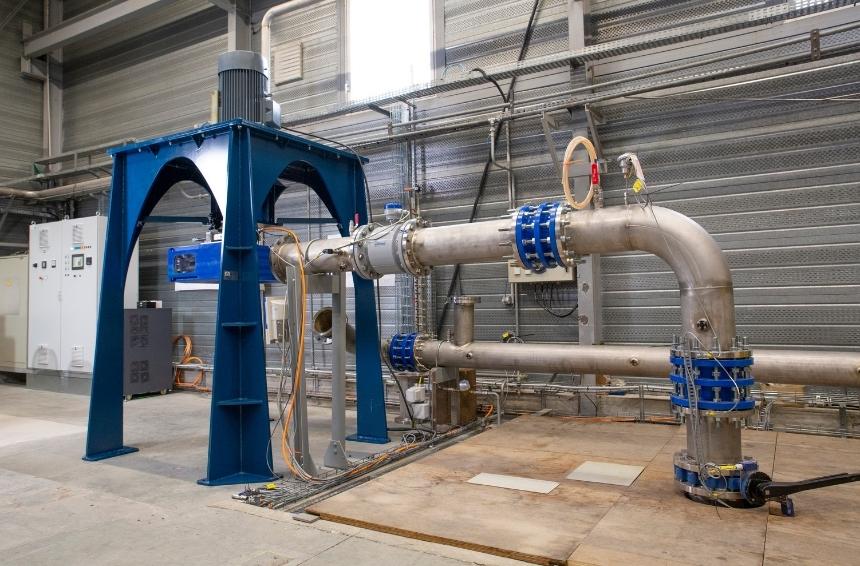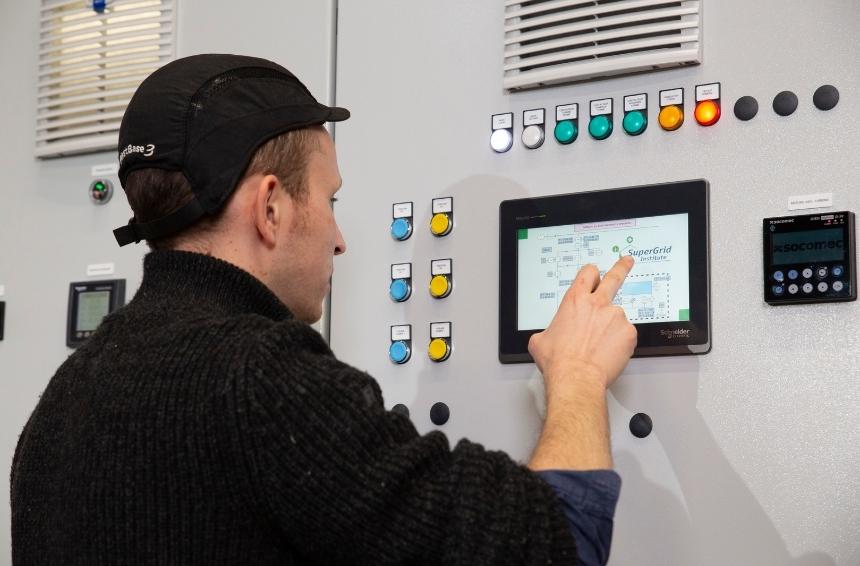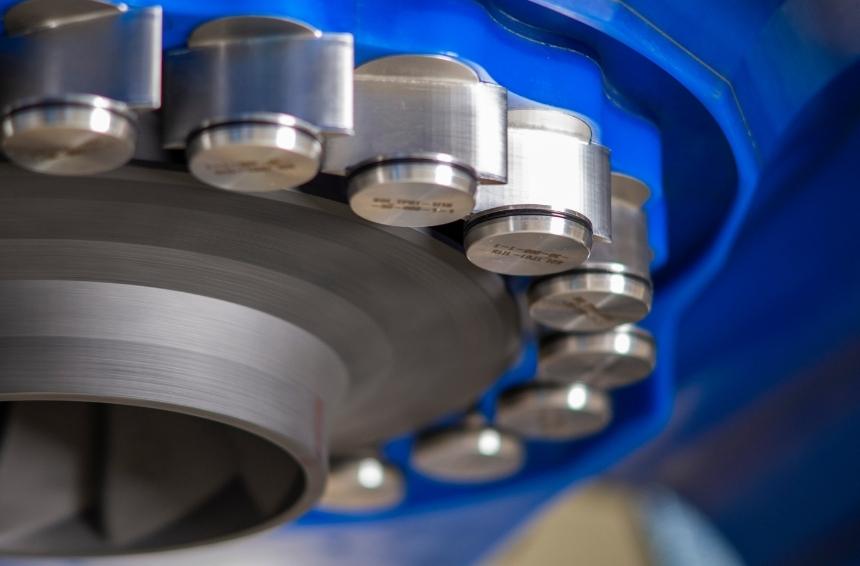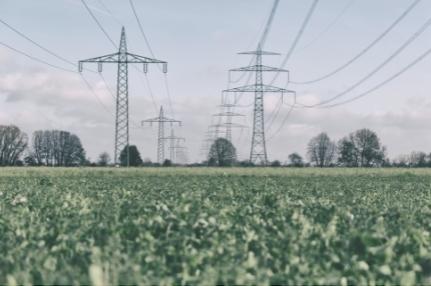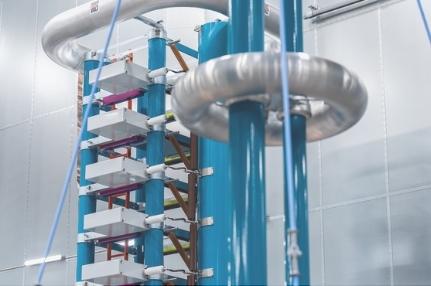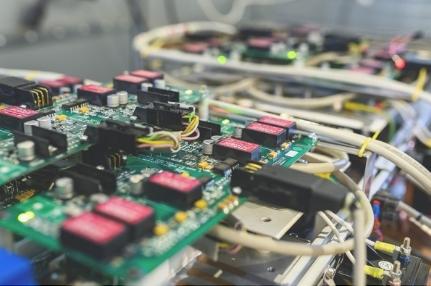Energy Storage & Grid Balancing

“Managing the wide-scale introduction of intermittent renewable energy sources into electricity transmission networks is essential for ensuring the stability and flexibility of the grid, especially in an HVDC context. Innovative, hybrid storage solutions will enable us to do this.”
Sylvain Grillet, Department Director – Energy Storage & Grid Balancing
To support the integration of renewable energies within the European electricity network, the Energy Storage & Grid Balancing department adapts and develops hydraulic storage solutions based on the use of pumped storage plant (PSP) technology.
Because wind and solar energy are highly variable, using them on a wide scale requires massive and reactive means of storage. Although hydraulic storage is a mature technology – today it represents 97% of electrical energy storage worldwide – it must be significantly adapted to meet the challenges of the energy transition.
We focus on adapting conventional or variable speed pump turbines and improving their hydraulic characteristics. We also study the hybridisation of PSPs with other means of storage, exploring the economics of ancillary services.
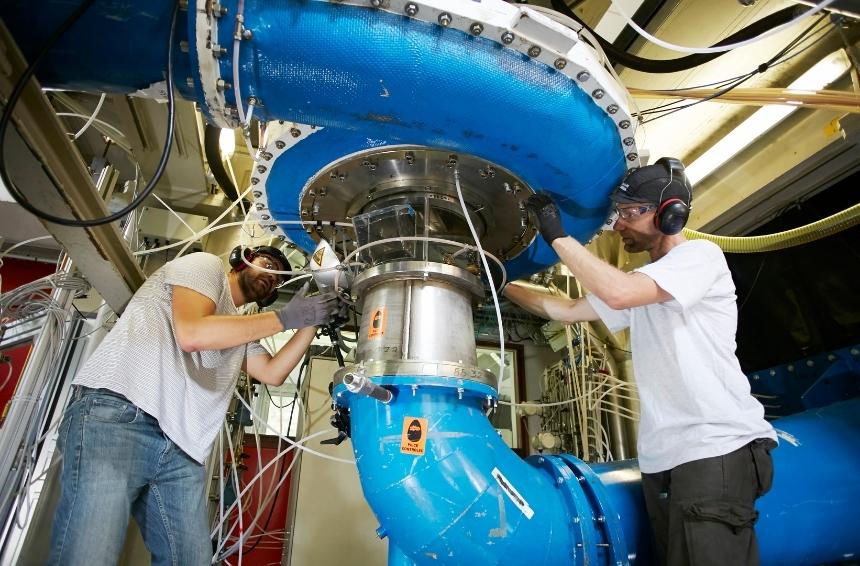
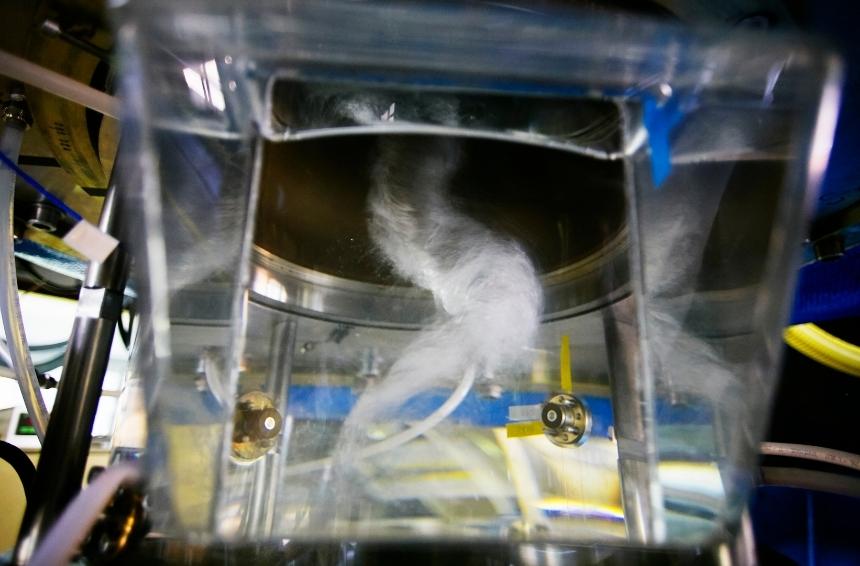
SuperGrid Institute’s hydraulic platform makes it possible for us to test every kind of reversible pump turbine in all four quadrants, gathering data on efficiency, cavitation and dynamic behaviour according to IEC 60193 standard requirements.
Another platform, HydroPHIL, simulates the performance of hydroelectric dams. It focuses on hydraulic transitions within the power grid and, more generally, on unsteady regimes associated with the operation of hydraulic turbines: power build-up, start-ups, shutdowns, etc.
Recent publications
Investigations on the use of Synthetic Air as a Retrofill gas Alternative to SF6 in existing Gas Insulated Switchgears
A study regarding the possible retrofill solutions of existing 245 kV and 420 kV equipment is the scope of this paper.
SuperGrid Institute signs the Paris Pledge, a united front from the European hydropower sector
The Paris Pledge commits the sector to unlocking the potential of pumped storage hydropower and create the right conditions for long-duration storage.
Definition of Standard Tests for MVDC Solid State Transformer in PV application
Qualification tests derived from existing standards to meet the requirements of MVDC Solid State Transformer in PV applications.



